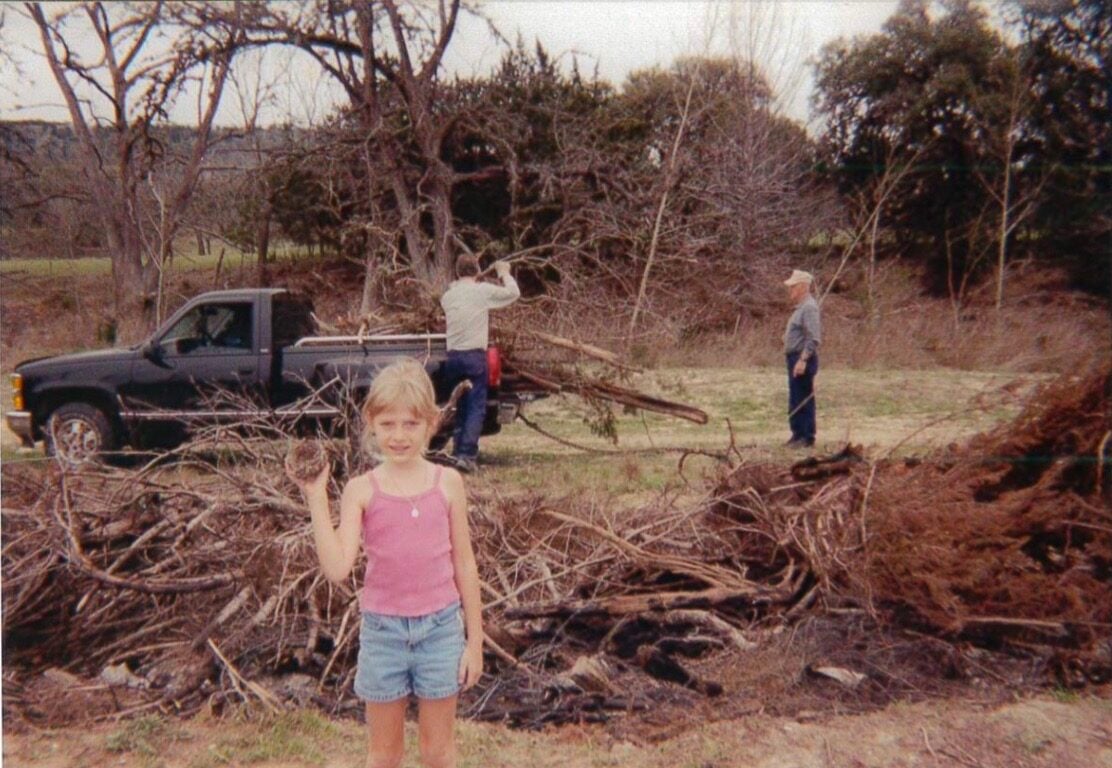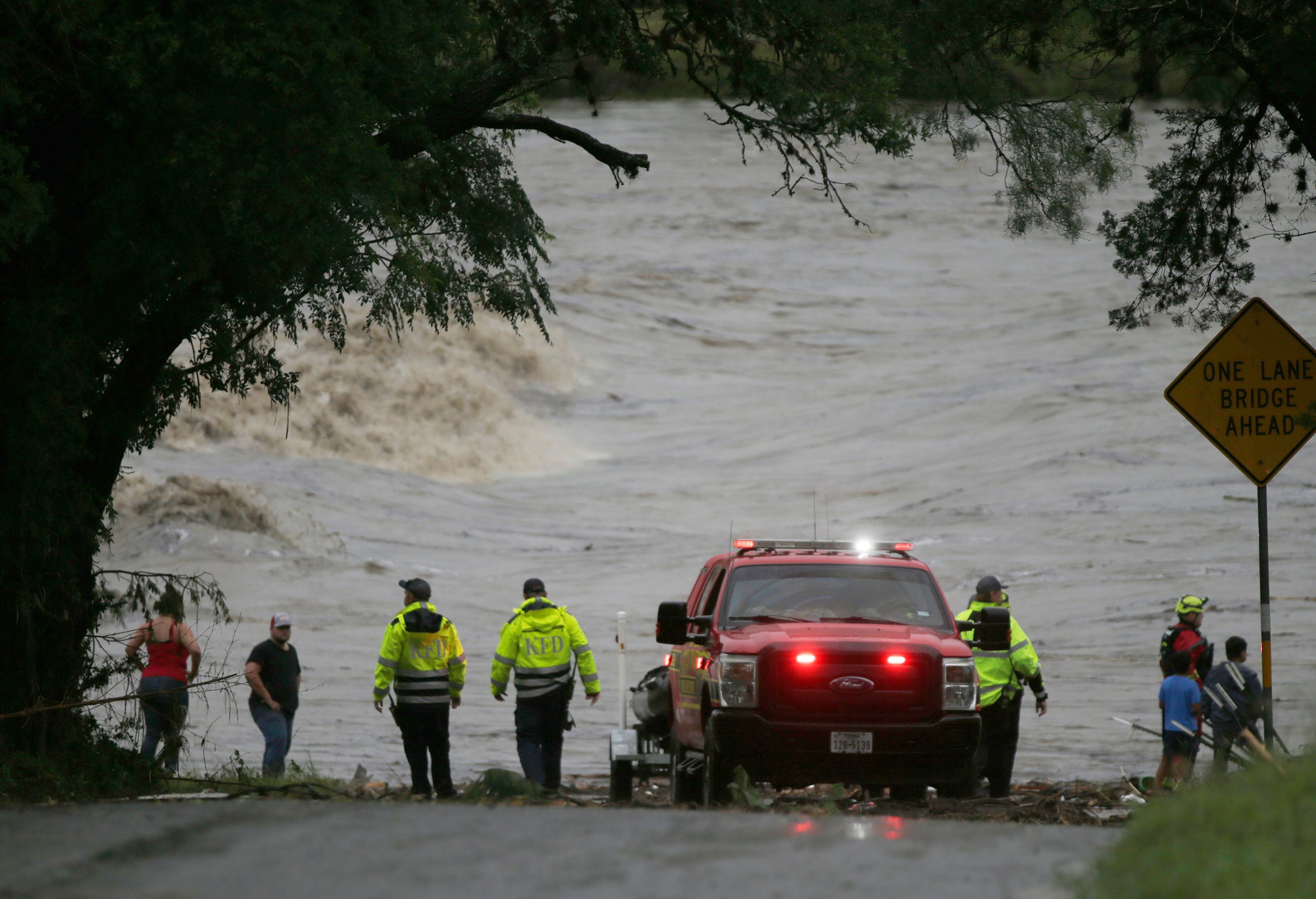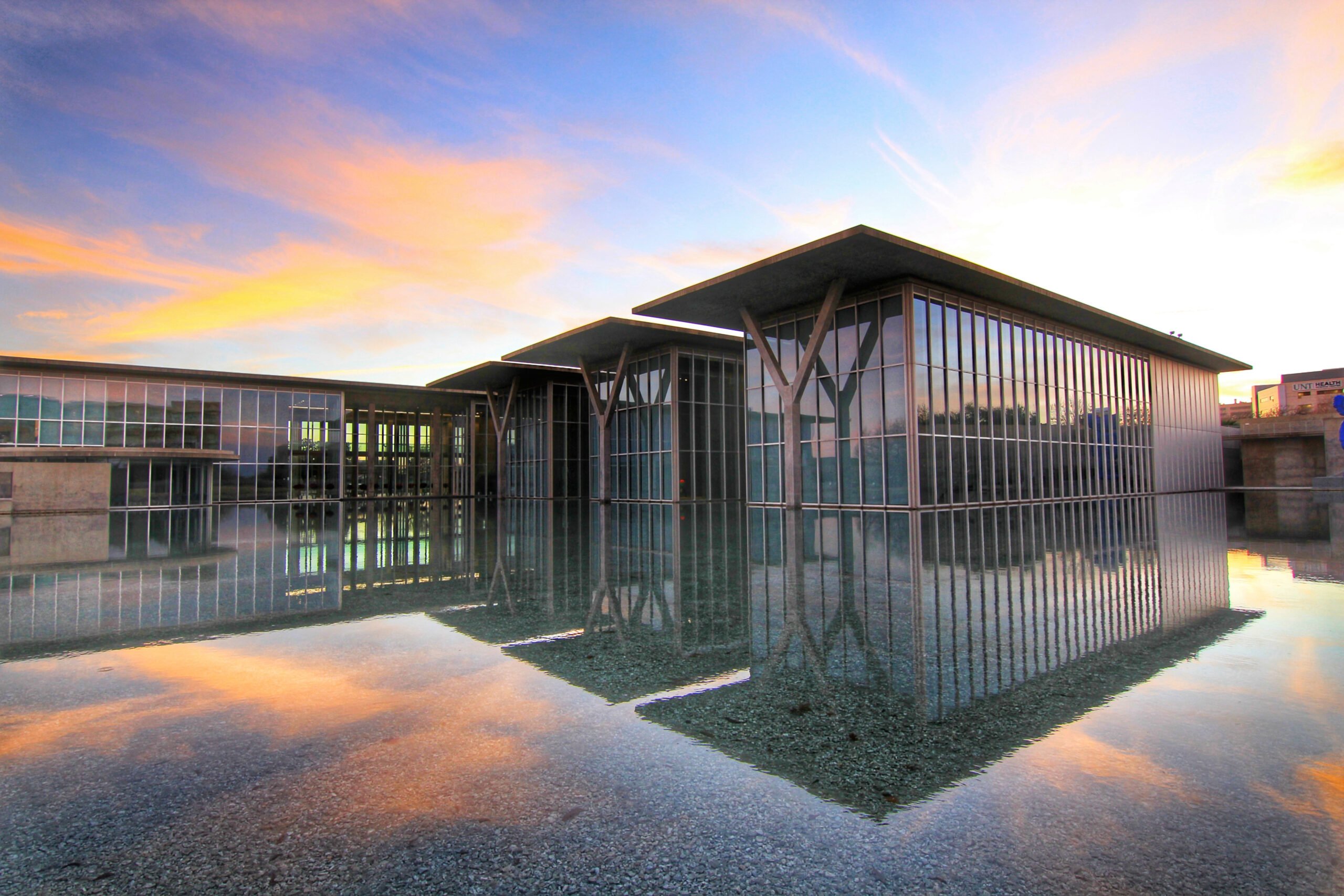ustxtxb_obs_1999_02_05_50_00022-00000_000.pdf
Page 19
LAS AMERICAS True Stories BY BARBARA BELEJACK Armed with a compass, a backpack, a new 35-mm Canon, and what some might call an excess of nineteenth century Romanticism, Philip True set off in late November for a ten-day, 100-mile solo hike in the Sierra Madre Occidental, the rugged Mexican terrain he once described as “John Huston country.” On December 16 , the Mexico City correspondent for the San Antonio Express-News was found buried in a shallow grave at the bottom of a canyon about 120 miles from Guadalajara. And that’s about all we know for sure. The story of Philip True, a fifty-year-old man about to become a father for the first time, has become a combination of Greek tragedy and what we refer to here in Mexico as la novela national, endless turns of plot which ensure that no story particularly no major crime story will have a beginning, a middle, and most important, an end. There have been two conflicting autopsies, two conflicting confessions. The Jalisco State Human Rights Commission has determined that the two Huichol Indians arrested for True’s murder were illegally detained by the Army, and that “soldiers may have also committed acts of torture, illegal entry and abuse of power against several indigenous people.” Indigenous rights groups in Jalisco say that under the pretext of searching for True’s killers, some 2,000 soldiers searched Huichol communities in the Sierra. I didn’t know Philip True; I read his stories. He wrote about the slums of Acapulco and the forests of Queretaro. About Zapatistas in Chiapas and elections in Tamaulipas. Some of his stories were beautifully written, but somewhat simplistic. Others were right on target; some were as good as it gets. A few years ago, he wrote about a man in Toluca who made the candy skulls that appear everywhere around November 2, the Day of the Dead. “It began with a wonderful line: “Wenceslau Rivas Contreras made an art form of sweetening the face of death.” I don’t remember any stories about the labyrinth of Mexican politics, the bilateral relationship, and the bilateral drug story, although he must have written the obligatory story or two. A friend of mine recalls seeing True at a press conference last November at the Mexican Attorney General’s Office, when U.S. drug czar Barry McCaffrey was in town. It was the usual gung-ho stuff that both reporters knew by rote, and after the press conference they shared a cab. True was in great spirits. He was going on vacation the next day, hiking through the Sierra Madre. My friend was alarmed. True, whom she describes as incredibly witty, with an “ability to cut through the bullshit,” dismissed her concerns. He had an uncanny sense of confidence. He also had what seemed like an uncanny ability to convince his editors to publish stories about out-ofthe way places. His last story was not one of them. In March, True wrote a memo proposing a hike through Huichol country in western Mexico. The Huichols are an indigenous group of about 15,000 from the states of Jalisco, Nayarit, Zacatecas, and Durango, whose language is related to Hopi. True had done some traveling in a town called Tuxpan de Bolalios, in Jalisco, where he had been invited to a Huichol ceremony and allowed to take photographs. “A day near a Huichol community is marked by the nearly constant sound of children laughing and playing,” he wrote in his memo to the Express-News. “This gives them a certain integrity in their being that allows them to welcome in strangers, something the Maya are usually loathe to do…. That lifestyle now stands on the cusp of dramatic change…. A look at the Huichol country as it confronts this influx of modernity would be a fascinating, wonderfully visual piece. The countryside, the people and their ceremonies are breathtaking and accessible.” The proposal was never authorized. According to Express-News managing editor Carolina Garcia, the paper didn’t know where True was going on his vacation until after he had left an unusual arrangement for foreign correspondents who usually live with cell phones or pagers at reach. There had been no response to True’s proposal, she says, no follow-up about how such a story should be reported or whether it was feasible. Yet True began preparing for the physical rigors of the trip he had planned, mapping out detailed routes and meticulously packing and unpacking his backpack. He even added the hefty pack to his long morning jogs. What other preparation he made is uncertain. Did he have contacts in places other than Bolaiios, a small town that is usually described as mestizo rather than Huichol? Who did he talk to? Anthropologists? Journalists? Activists? Government officials? To some of his friends, the question is superfluous. Of course, he had contacts. Others seemed put off by the questions. He wanted to walk through Huichol country. Anthropologists, guides that’s missing the point. After True’s death, the Express-News published his original proposal, describing it as an example of the great lengths to which True was willing to go for a story. “It was a classic,” wrote editor Robert Rivard, “it showed [t]he intensity of his feelings for the Huichol Indians and his enthusiasm for this story.” To others the memo was tragically naive, a mix of assumptions about “Huichols,” “accessibility,” “joyful” communities and “dramatic change.” Paul Liffman has worked on land-rights issues in San Andres Cohamiata, one of three communities True had hoped to visit on the border of Jalisco and Nayarit. Liffman is at the University of Chicago, writing a dissertation on the Huichols. “The Sierra Huichol is not a wilderness to be traversed or a spectacle to be viewed from a detached point of 22 THE TEXAS OBSERVER FEBRUARY 5, 1999


